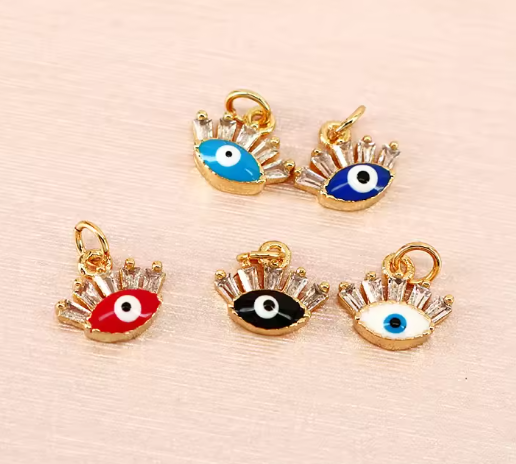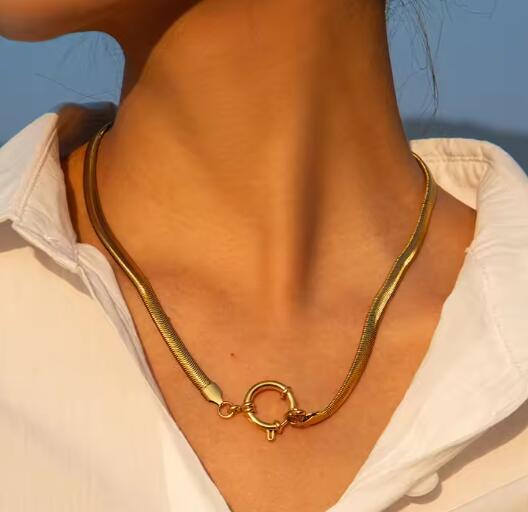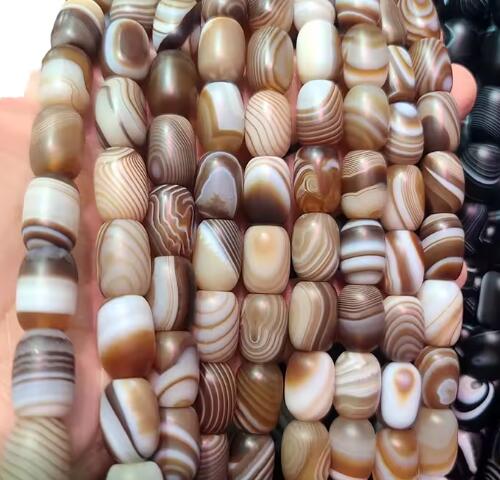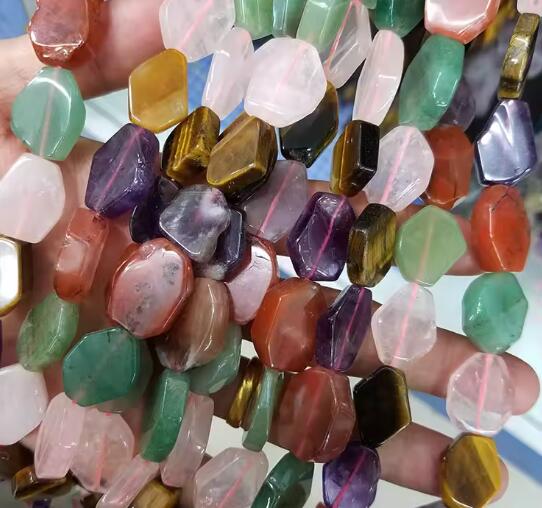You've likely noticed that two rings featuring the same type of gemstone can have wildly different prices. The secret isn't just in the setting or the brand—it's often in the earth itself. The journey a natural stone takes from a specific mine to your jewelry box is the single greatest factor in its market value. Understanding how geographical origin and inherent rarity influence cost empowers you to make smarter, more meaningful purchases.
While craftsmanship and design are important, the soul of the piece lies in the stone. Here’s a clear breakdown of why these two factors are non-negotiable in determining price.
Think of a gemstone's origin like its DNA. Specific regions around the world have unique geological conditions—trace elements, formation pressures, and mineral compositions—that produce stones with unmatched color, clarity, and character. This concept, often called "provenance," is a key marker of authenticity and value.
The Benchmark of Burmese Jadeite: In the world of jade, nothing compares to "Imperial Jade" from Myanmar (formerly Burma). Its intense, translucent green hue is the industry standard. Jade from other sources, while often beautiful, simply does not carry the same prestige or financial worth.
The Exclusive Blue of Larimar: Imagine a stone found only on a single Caribbean coastline. Larimar exists in just one place: a small, remote mining area in the Dominican Republic. This exclusive origin story is a core part of its identity and price.
The Electric Glow of Paraíba Tourmaline: Discovered in Brazil's Paraíba state, this tourmaline is legendary for its vivid neon-blue and green colors, a result of copper traces. Even though similar materials have been found in Africa, the original Paraíba specimens continue to break auction records due to their historic discovery and unique brilliance.
Choosing a stone with a documented origin isn't just about prestige; it's about investing in a piece with a verifiable history and established quality.
Rarity is the engine of value in gemology. Some stones are so scarce that finding a sizable, high-quality specimen is a rare event. This scarcity directly and dramatically influences their price.
The Color-Changing Marvel: Alexandrite is a classic example of geological rarity. Its ability to change color from green in daylight to reddish-purple under incandescent light is exceptionally uncommon. A high-quality alexandrite over one carat can be more valuable than a diamond of the same size.
The Depleted Legend: Some of the most valuable gems come from mines that have been exhausted for over a century. Kashmir Sapphires, known for their "cornflower" blue color and velvety appearance, are prime examples. The limited supply of these heirloom stones sends their value soaring in the collector's market.
The Challenge of Extraction: Rarity isn't always about what's in the ground; it's also about the difficulty of getting it out. Stones like Larimar or certain varieties of Rhodochrosite are mined in challenging, often small-scale operations. The high cost and risk of extraction are directly factored into the final price of the rough material.
For the discerning buyer, the intersection of a celebrated origin and extreme rarity represents the pinnacle of gemstone investment. A flawless ruby from Myanmar's Mogok Valley (the source of the finest "pigeon's blood" rubies) will command a price exponentially higher than a similar-sized ruby from a more common locality.
When you choose a piece of natural stone jewelry, you are selecting a fragment of our planet's history. The origin certifies its story, and the rarity secures its legacy. By looking beyond the surface and asking, "Where is this from, and how rare is it?" you transition from a simple purchaser to a knowledgeable custodian of a natural treasure.









